(1566 products available)
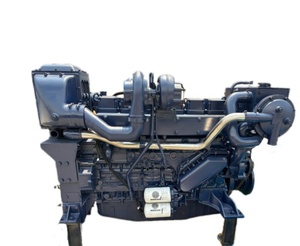




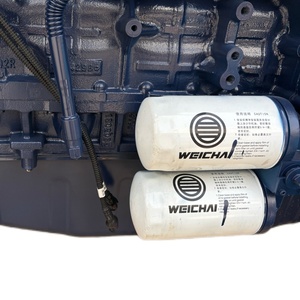









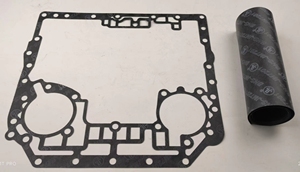


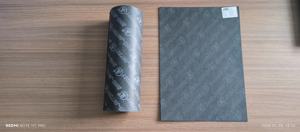


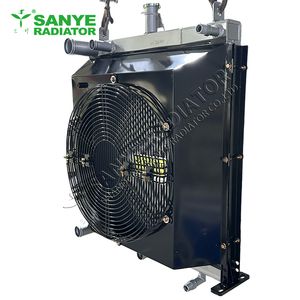

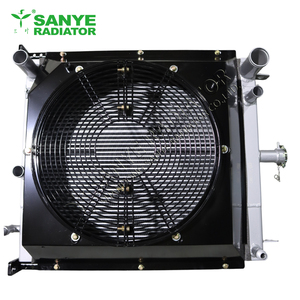





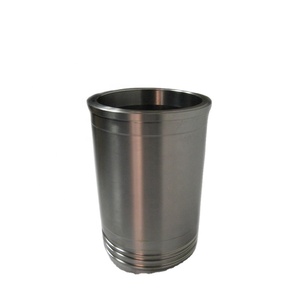

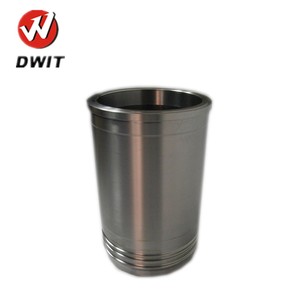




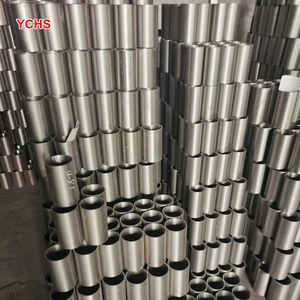
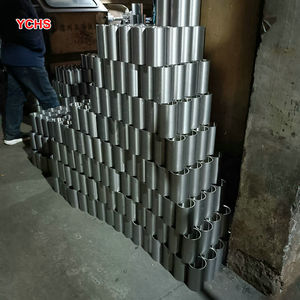
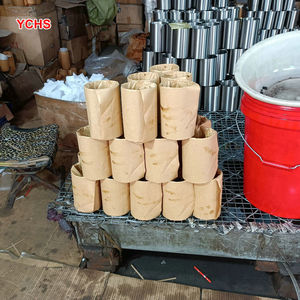
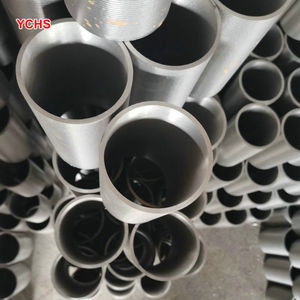
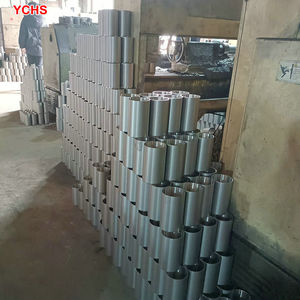

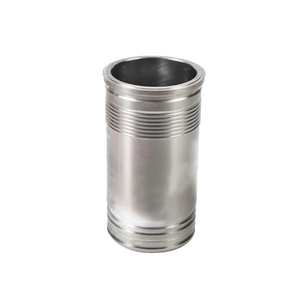



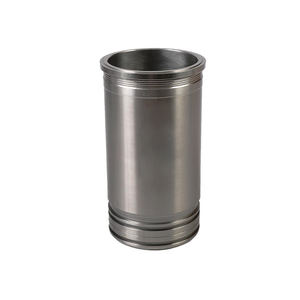




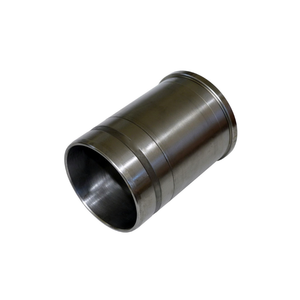

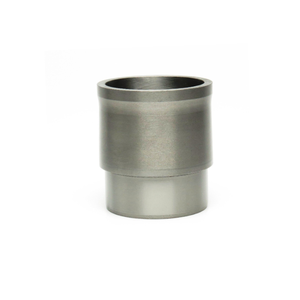
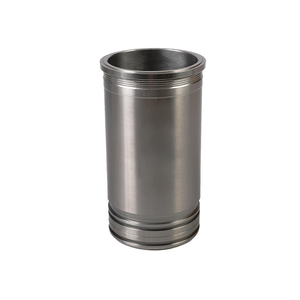






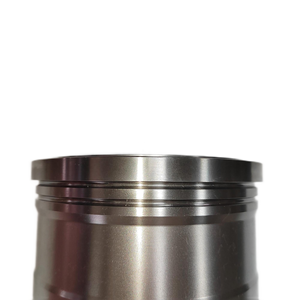







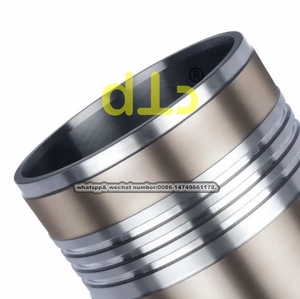



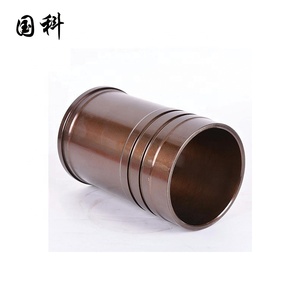



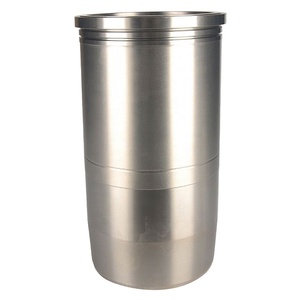
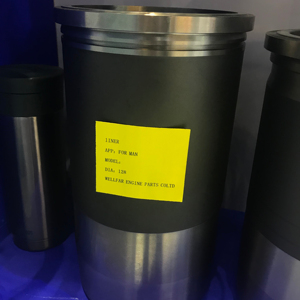
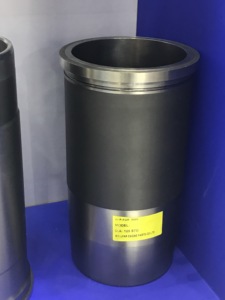
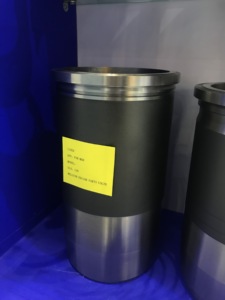







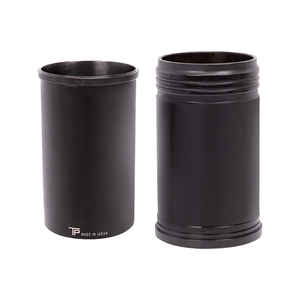

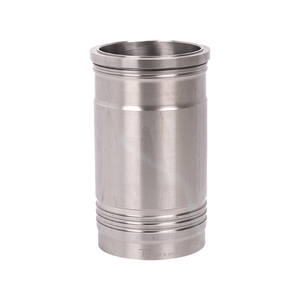








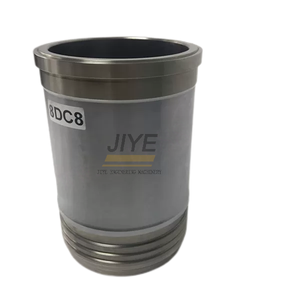

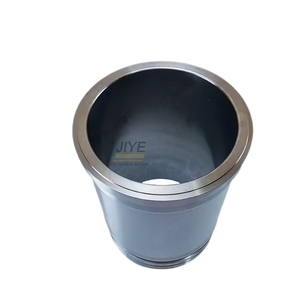







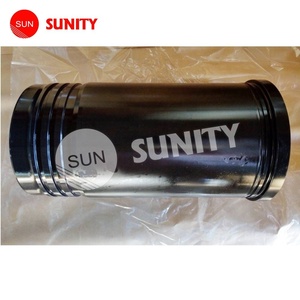
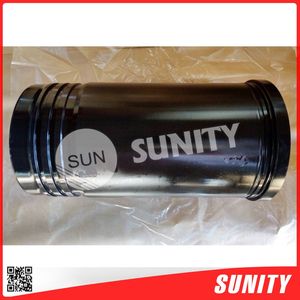




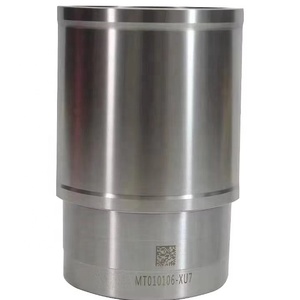

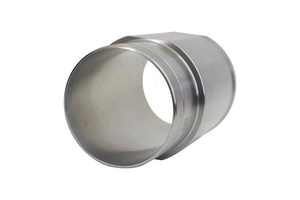


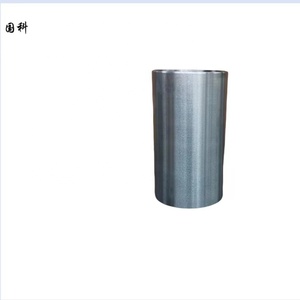






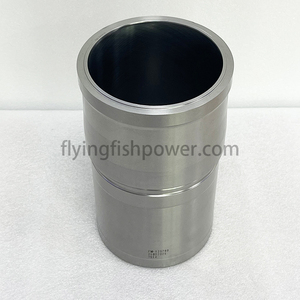
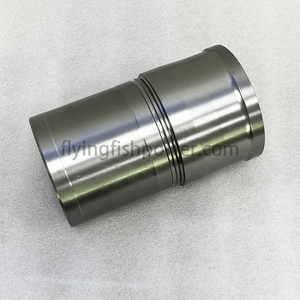






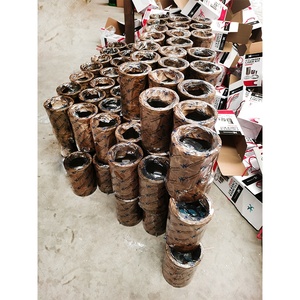
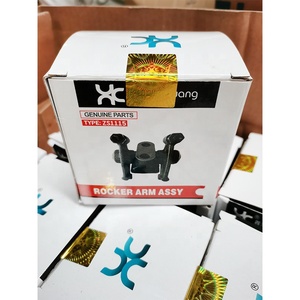



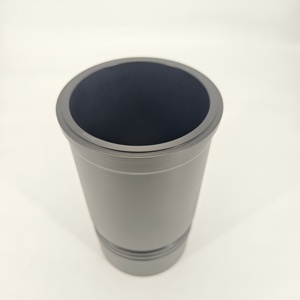
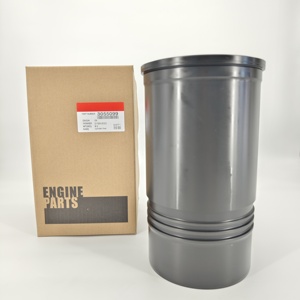
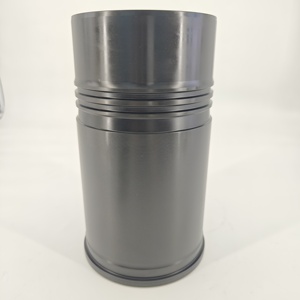


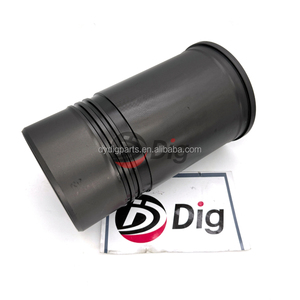
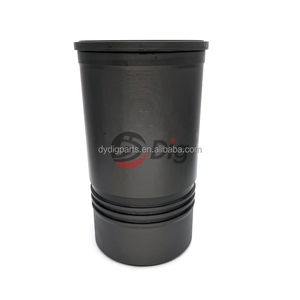






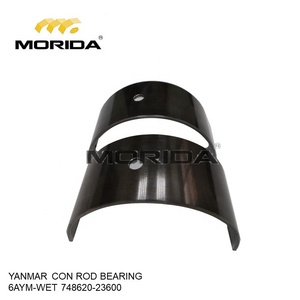











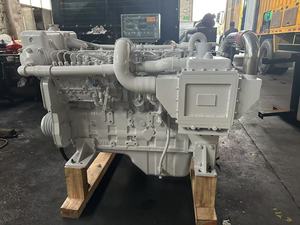
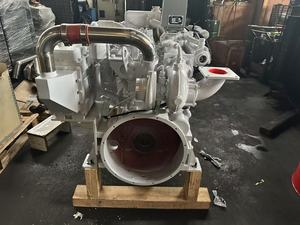














Market Overview: The global diesel engine market, which includes wet liner engines, experienced notable growth, expanding from USD 52.59 billion in 2023 to USD 55.32 billion in 2024, with a projected CAGR of 5.30% reaching USD 75.53 billion by 2030, according to Research and Markets. This growth is largely driven by the increasing demand for fuel-efficient vehicles and the adoption of cleaner, more efficient technologies due to stricter emissions regulations. As diesel engines are recognized for their high compression ratios and fuel efficiency, consumer preferences are shifting towards these engines amidst a backdrop of rising environmental consciousness and regulatory pressures. However, challenges such as performance limitations, including issues related to wet stacking, pose concerns about reliability and efficacy, highlighting the need for continuous innovation in emission control technologies.
Regional Insights: The diesel engine market is witnessing significant regional variations, particularly in the Americas and the Asia-Pacific. In the Americas, diesel engines are predominantly utilized in automotive, agricultural, and industrial sectors, with a strong focus on efficiency and compliance with stringent environmental regulations. Conversely, the Asia-Pacific region is experiencing rapid market growth, fueled by industrial expansion and increasing demand for diesel engines in agriculture and automotive sectors. This region is characterized by cost-sensitive consumers, making affordability a crucial factor in purchasing decisions. The European Union's stringent emission standards, particularly Euro 6, are driving demand for high-efficiency, low-emission diesel engines, further emphasizing the need for innovative solutions in the wet liner engine segment to meet these evolving regulatory demands and consumer expectations.
A ""wet liner engine"" is an internal combustion engine with cylinder liners that are in direct contact with the engine coolant. The coolant circulates around the liners to absorb heat and prevent the liner from getting in touch with the engine block. Wet liner engines are commonly used in heavy-duty applications. There are two main types of wet liner engines: the removable liner and the non-removable liner engine.
Wet liner engines are further classified into two types based on the design of the cylinder arrangement.
Some of the advantages of wet liner engines include improved cooling efficiency due to the direct contact of the liner with the coolant, easy maintenance and liner replacement, and the ability to repair or recondition worn-out liners. However, wet liner engines also have some drawbacks, such as potential liner corrosion and complex engine design.
Specifications for wet liner cooling systems vary depending on the engine's design, size, and intended use. Here are some common specifications:
Cylinder Liner
The wet liner is a cylindrical sleeve installed inside the engine block. It serves to decrease wear and tear on the engine. The liner is often made of cast iron or steel and is designed to resist corrosion and erosion. The liner's inner diameter must match the piston diameter, while the outer diameter must fit the engine block.
Coolant Flow
The wet liner engine uses a cooling system to cool down the engine. The coolant is usually water or a water-based solution that flows through the liners. The flow rate and pressure must be regulated to ensure effective cooling and prevent liner corrosion.
Liner Thickness
The liner's thickness can range from 5 to 15 mm. A thicker liner can offer better cooling and longer service life. However, it can also add to the engine's weight and reduce its efficiency.
Material
Wet liners are manufactured in different materials. The most common material is cast iron, known for its durability and wear resistance. Some engines may also use steel or composite materials for specific applications or performance requirements.
Corrosion Resistance
Wet liners must be resistant to liner corrosion due to the prolonged contact with coolant. They may be treated with coatings or alloys to enhance their resistance to corrosion and erosion.
Here are some common wet liner engine maintenance practices:
Regular Coolant Maintenance
The wet liner engine relies on the coolant to maintain its temperature. Therefore, engine users must ensure that the coolant level is sufficient and that there are no leaks in the cooling system. The coolant's composition should also be checked regularly to prevent liner corrosion.
Liner Inspection
The wet liner should be inspected periodically for signs of wear, corrosion, or damage. Any issues must be addressed immediately to prevent further deterioration or engine performance impact.
Coolant Temperature Control
The temperature of the wet liner engine coolant should be monitored to ensure it remains within the specified range. High coolant temperatures can lead to overheating and liner damage, while low temperatures can affect engine performance and emissions.
Tightening
The wet liner is usually tightened in place with a series of bolts or studs. These fasteners should be checked regularly to ensure they are tight and not loose or damaged. Any issues should be addressed promptly to prevent engine vibration or liner movement.
Periodic Overhauls
The wet liner engine should be overhauled periodically, especially for high-mileage or heavy-duty applications. During overhauls, the pistons, rings, connecting rods, cylinder head, and other components should be inspected, cleaned, and replaced if necessary. The liner and liner sealing should also be inspected and replaced if worn or damaged.
When sourcing for wet liner engines, buyers should consider the following factors:
Engine Specifications
To ensure the wet liner engine meets the needs of the intended application, buyers should consider the technical specifications. This includes the power output, torque rating, and engine size. The wet liner engine's compatibility with the vehicle's transmission system and its mounting requirements should also be looked at.
Quality and Reliability
Wet liner engines from reputable suppliers are known for their reliability and quality. Buyers should read online reviews and seek recommendations from businesses that use similar engines.
Cost and Budget
Buyers should get quotes from different suppliers and compare the pricing. It's important to source for a wet liner engine that will give value for the money and meet the set budget. The engine maintenance requirements and the availability of parts for repair and service should also be looked at. An engine with low maintenance costs and easily available parts will give a better ROI.
Supplier Warranty and Support
Buyers should partner with wet liner engine suppliers who offer a reasonable warranty period. They should also consider the after-sale support offered by the supplier, like spare part availability and technical assistance.
Environmental Regulations
Buyers should ensure that the wet liner engine emissions comply with the set regulations in their area. In case of any changes, they should also be on the lookout for engines that can be easily converted to meet compliance standards.
Fuel Efficiency and Performance
Wet liner engines with features that enhance performance and fuel efficiency should be looked at. This will reduce the cost of operation for the end user. The engine's performance characteristics, such as responsiveness and stability, should also be considered.
Application Requirements
Buyers should look at the intended application of the engine. For instance, if the engine is meant to power a vehicle used in construction, wet liner engines that offer high torque and power output should be sourced.
Some manufacturers provide detailed instructions on how to replace a wet sleeve liner. Here are the general steps to take when replacing a wet liner:
1. Prepare the Engine
Wet liner engine surfaces should be cleaned, and all fasteners and covers removed. Depending on the engine type, it may be necessary to disconnect the electrical wiring, exhaust system, and intake manifold. The engine should be turned to the top dead center (TDC) of the compression stroke for cylinder 1.
2. Drain Fluids
All coolant and water should be drained from the wet liner engine to prevent spillage and ensure safe and clean disassembly. Depending on the engine design, this may involve removing drain plugs or hoses.
3. Remove the Cylinder Head
The head bolts or studs holding the cylinder head in place should be loosened or removed in a crisscross pattern to prevent warping. After that, the cylinder head can be lifted off the engine block using appropriate lifting equipment.
4. Remove the Cylinder Liners
The liner bolts or retaining rings should be removed, and the liners carefully lifted out of the engine block. If the liners are stuck, a liner puller or similar tool can be used to remove them safely.
5. Clean the Engine Block
After removing the liners, the engine block's internal surfaces should be cleaned and inspected for damage. The wet liner engine's cooling passages and sealing surfaces should be cleaned of any deposits, dirt, or old gasket material using a scraper or suitable cleaning agents.
6. Install New Cylinder Liners
The new liners should be lubricated with a small amount of engine oil before installation. The liners should be carefully aligned with the engine block and pressed or tapped into place. Wet liner retaining rings, bolts, or other fasteners should be installed to secure the liners and ensure a proper fit.
7. Reinstall the Cylinder Head
The cylinder head should be placed back onto the engine block, and all head bolts or studs should be tightened in a crisscross pattern to the manufacturer's specified torque. Wet liner engine users should also reinstall any gaskets, seals, or other components removed during disassembly.
8. Reconnect Disassembled Components
Electrical wiring, exhaust, intake, and other components that were disconnected or removed during disassembly should be reattached or connected.
9. Refill Engine Fluids
The wet liner engine should be filled with the appropriate type and amount of coolant or water. The cooling system should be bled to remove any trapped air, ensuring proper engine function and preventing overheating.
10. Final Checks and Start the Engine
All covers, fasteners, and components should be reinstalled and checked for proper function. The engine should be started and checked for proper operation, leaks, and abnormal noises. Wet liner engine parameters should be monitored during initial operation to ensure proper function and performance.
Q1: Are wet liner engines better than dry liner engines?
A1: Wet liner engines are not better than dry liner engines. The choice between the two types of liner engines mostly depends on the application, assembly, and installation requirements. For instance, wet liner engines are mostly used in heavy-duty diesel engines.
Q2: How long does a wet liner take to be replaced?
A2: The time taken to replace a wet liner depends on various factors such as the condition of the engine, the expertise of the technician, and the liner's accessibility. A trained mechanic can take between 3 to 6 hours to replace a wet liner.
Q3: What are the advantages of a wet liner engine?
A3: The wet liner engine has several advantages. First, it has a simple cooling system. Second, the liner's wear and tear can be easily managed. Lastly, wet liner engines are more suitable for high-capacity and heavy-duty applications.